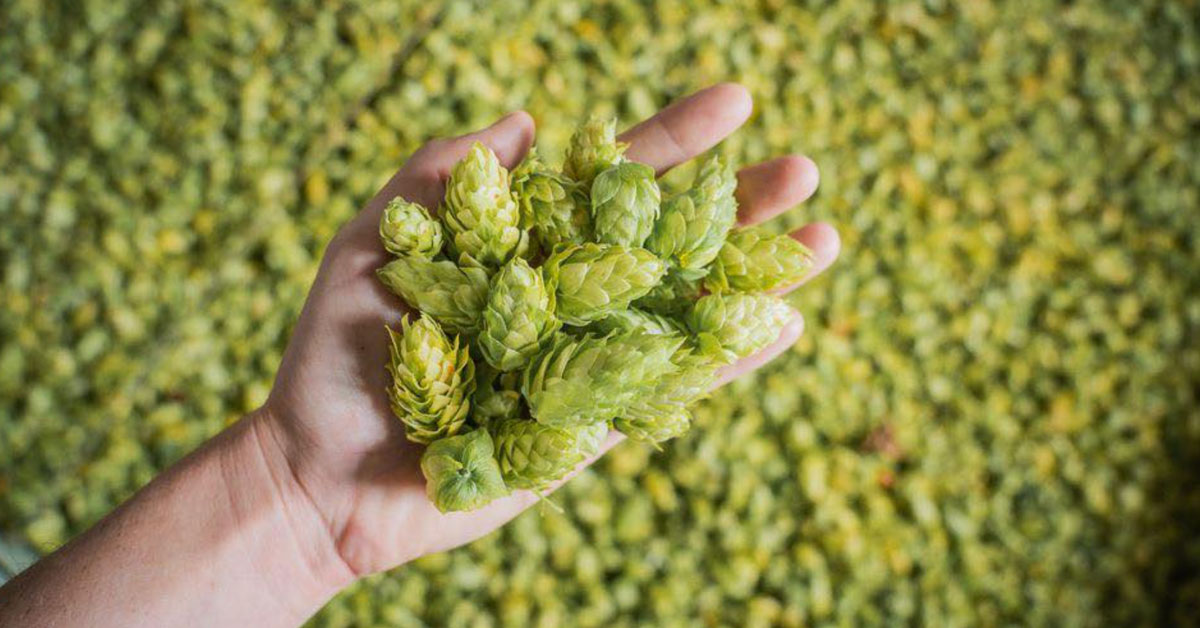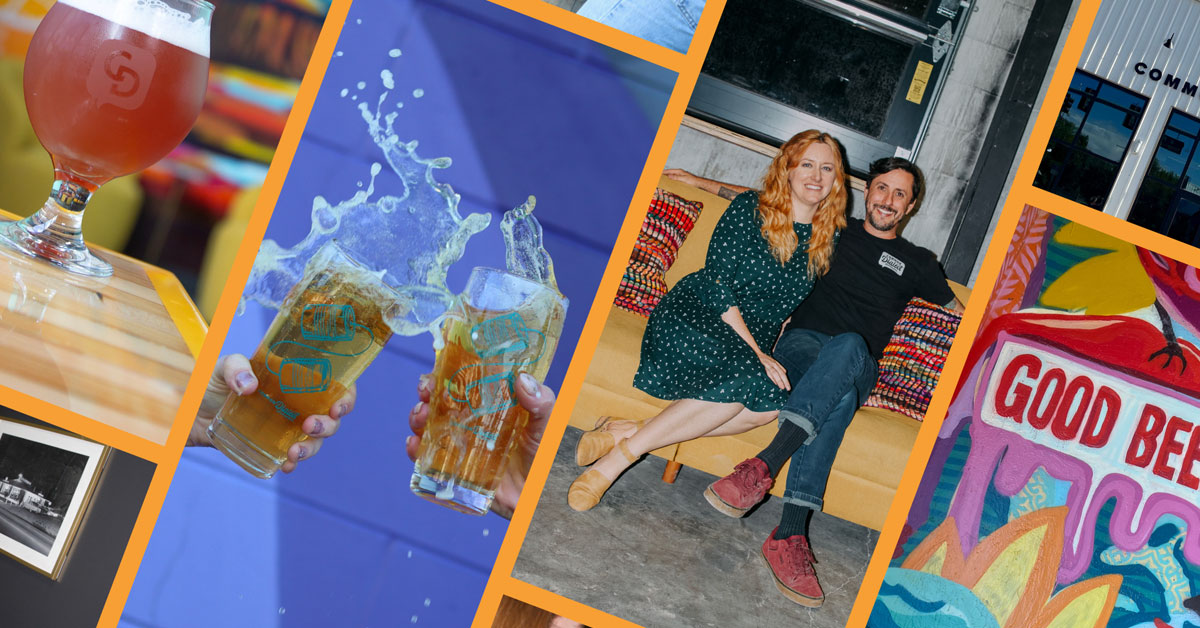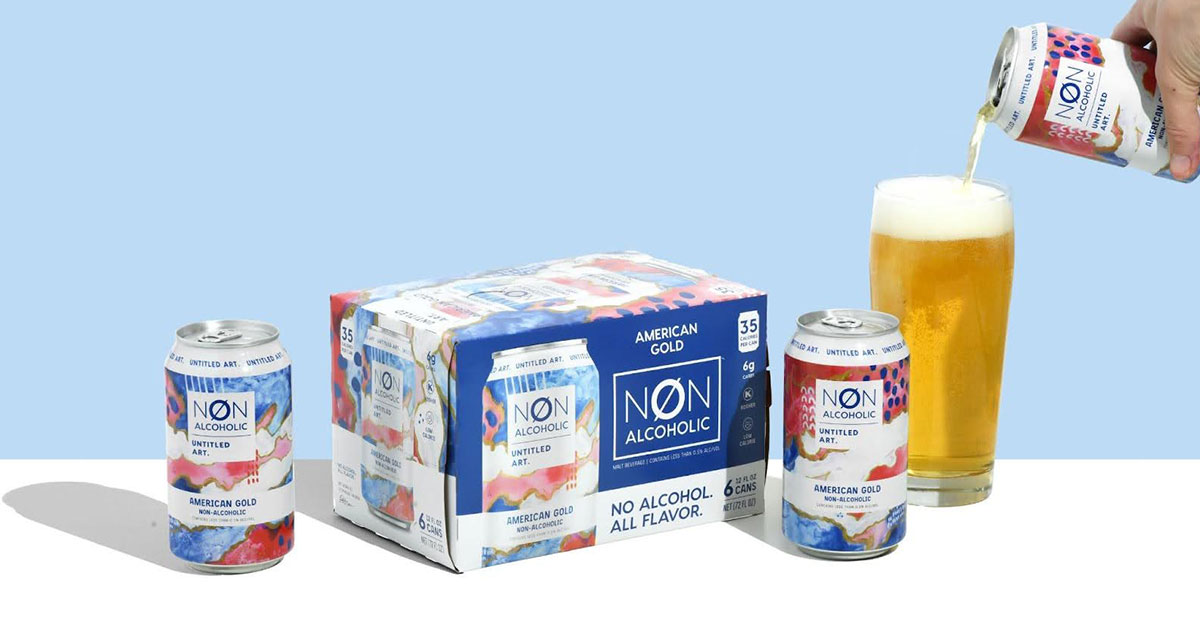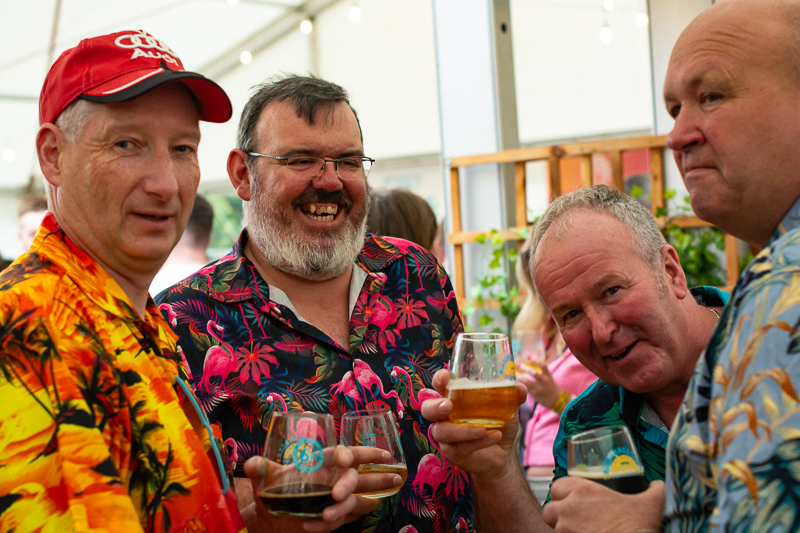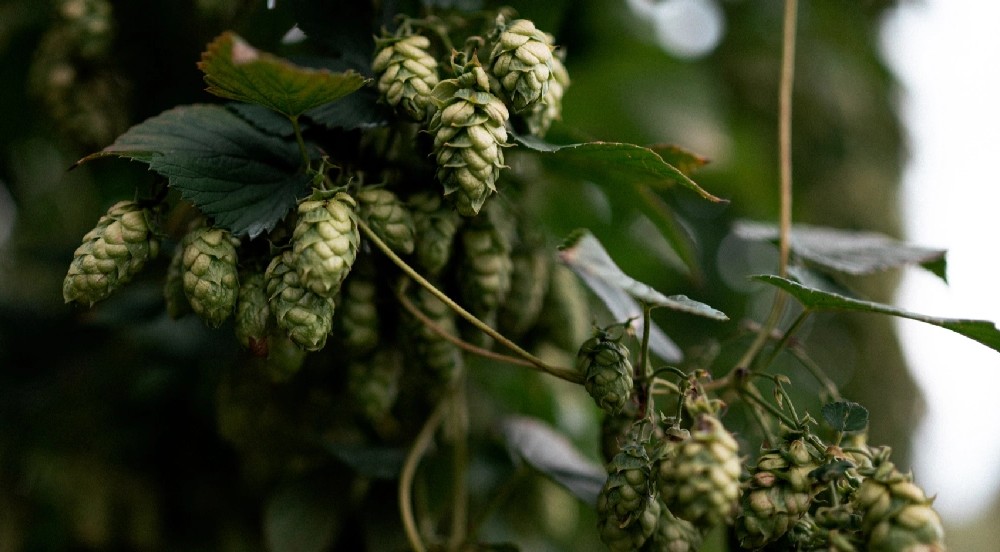Raise your hand if you participated in Dry January or plan to do Sober October this year. Even those of us in or adjacent to the beer industry occasionally need a reset. We’re “tapped out,” as Mark LaFaro says in his article for Good Beer Hunting about the problem of overdrinking for those who work in alcohol.
Still, we’re thirsty and our wallets are open. That’s why savvy retailers know it’s good business to offer nonalcoholic options on menus; not doing so is a missed opportunity at every pint.
As if on cue, those with capital and know-how in the beverage market (and beyond) are taking advantage. In 2022, the global non-alcohol beer market was worth $22 million and is projected to grow 5.5% until 2032. In the U.S., non-alcohol beverage sales increased 35% from 2022 to 2023.
Anyone with commercial beer manufacturing capabilities could consider joining in on the trend. But it’s not as straightforward as traditional mashing, fermenting, and packaging.
How It’s Made: Choose Your Adventure
The average beer drinker might think, “Since there’s no alcohol, nonalcoholic (NA) beer should be cheaper,” and their logic wouldn’t be completely off-base. However, producing and packaging NA beer is, for the most part, more expensive than traditional brewing practices.
The two most common methods of making NA beer are arrested/limited fermentation (stopping fermentation before alcohol is created) and dealcoholization (removing alcohol after fermentation is complete), and each manufacturer seems to have a strong opinion about which is the best.
This is one way NA brewing appears unlike the greater craft brewing industry: inconsistency—and a sense of secrecy—regarding production methods. In a 2022 article for Good Beer Hunting, Kate Bernot discussed the quality issues that arose from a lack of shared practices due to “proprietary” processes. Thankfully, NA manufacturers are starting to open up and guidelines have been established by the Brewers Association.
Best Day Brewing utilizes a dealcoholization process called membrane separation that makes “a full strength beer first, and then remove[s] the alcohol through a series of membranes without ever heating it above fermentation temperature,” Best Day Brewing chief innovation officer Ron Lindenbusch says.
“We feel that our beer going through a complete fermentation before dealcoholizing makes it taste more like a tasty full-strength beer than other methods,” Lindenbusch says.
Similarly, Untitled Art’s nonalcoholic lineup uses membrane filtration technology “to brew fully-fermented beer and gently remove the alcohol without losing the aromas and flavors of your favorite styles,” Untitled Art co-founder Levi Funk says.
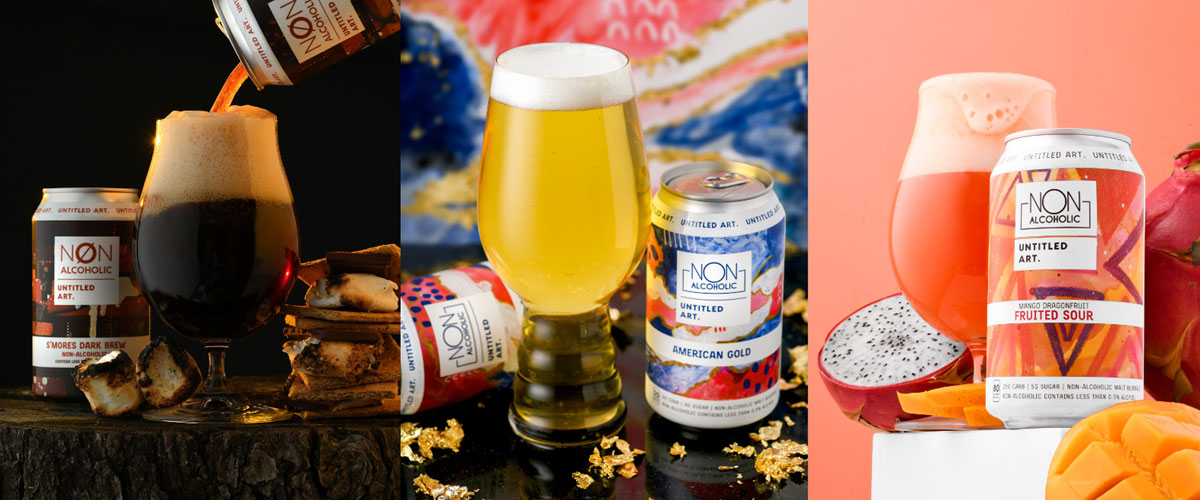
Most brewers agree that pasteurization is also essential for NA beer due to its lack of ethanol, which has antimicrobial properties. “Microbial contamination is something every beverage producer worries about, or at least should worry about, but we are very confident in the way we produce our NA beers,” Funk says.
While many NA breweries are not forthcoming about their practices, NA beer and wine maker Grüvi wrote a blog post on how nonalcoholic beer is made that details the various production strategies it has used depending on beer style—for example, the “no fermentation” method for creating fruity and sweet dessert-style beers and dealcoholization for making a clean and crisp lager.
It sounds like an expensive and complex—but effective—way to go about making NA beer. Ultimately, however, Grüvi is moving toward converting its entire portfolio to dealcoholization, according to VP of operations Mike Gurr.
Craft beer stalwart Sierra Nevada believes that modifying fermentation (rather than dealcoholization) is the correct choice for its brewery. Its website shares that after many years of research and development, choosing to use “traditional brewing methods felt truer to our craft values and, frankly, delivers a product that tastes like beer.” Sierra Nevada uses a yeast strain that keeps alcohol below 0.5 percent ABV, the limit for NA beers.
Craft Beer In Its Tech Era
Crafting NA beer requires a heavy focus on technology. One of the key players is a company in Golden, Colorado called Sustainable Beverage Technologies (SBT).
SBT technology begins with a patented brewing process called BrewVo that “enables production and distribution of beer at 1/6th the traditional weight and volume, while drastically increasing capacity” by concentrating the beer. The journey ends with a patented dispensing process called NextDraft that adds carbonation (and alcohol, if you wish) back into the beer at dispense. Using bag-in-a-box technology, these processes eliminate the need for kegs, allow for more sustainable shipping practices, and increase scaling opportunities for beer retailers.
Boxed beer? Why not? It’s how the soda industry does it. It’s no secret that the larger beer industry is hard on the planet. High-tech NA manufacturers may take a different path than craft beer producers, but they are developing consistently delicious products and scaling in sustainable ways.
SBT partnerships aren’t a secret. Two of the aforementioned breweries have adopted SBT’s BrewVo process, and even craft icons such as Deschutes Brewery are fully convinced of beer concentrate technology. Recently, Deschutes invested millions of dollars in SBT’s proprietary process to build out its NA lineup that includes Fresh Squeezed IPA and Black Butte Porter—the 2024 gold medal winner in the World Beer Cup’s Non-Alcohol Beer category.
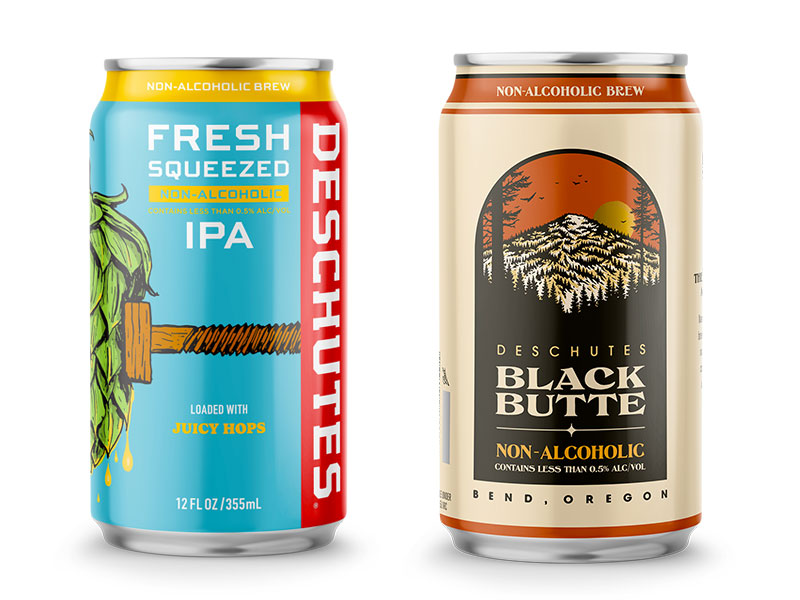
Industry Standards vs. Consumer Expectations
I was recently out to dinner with family. My brother doesn’t drink but enjoys the taste of beer, so whenever possible, he orders a nonalcoholic beer. Unfortunately, the restaurant was out of the one NA beer on the menu. Water would have to suffice.
Meagen Anderson is the CEO and founder of the AFicioNAdo Certification Program—“the world’s first alcohol-free & non-alcoholic adult beverage professional training and certification program”—also known as AFNA, and she has been in the same situation as my brother countless times.
“I wrote down all the times I would go somewhere and try to order [an NA] beer and the server would say something like, ‘We only have O’Doul’s and it’s probably warm.’” After the numbers started adding up, Anderson says, “I decided I had to do something about this.”
Anderson changed her relationship with alcohol while she was working in the beer industry. “That gave me, as a professional, a unique perspective on what it’s like to want to drink alcoholic-branded beverages and not drink alcohol,” she says. Her relationship with alcohol may have changed, but she had developed deep roots in the beer industry. She knew there was no Cicerone or Sommelier program for NA beverages and was encouraged to build one.
Becoming AFNA certified is important for retailers and distributors because this may be their first time dealing with food safety due to the product’s lack of ethanol, Anderson believes.
“You’re not making beer anymore,” insists Anderson, “you’re making a flavored malt beverage, and this has implications from a regulatory perspective.” She admits that implementing an NA lineup would be difficult for the small craft brewer “unless [it has] special dedicated processes/systems,” but she’s still excited to see how American brewing culture will put its spin on NA markets.
Sneaking onto Shelves Near You
Outside of the U.S., markets have already discovered no- and low-alcohol to be a profitable platform for building community.
Laura Willoughby, who has a background in politics and campaigning, cofounded UK-based Club Soda in 2015 as a sort of “WeightWatchers but for booze to help people change their drinking habits.”
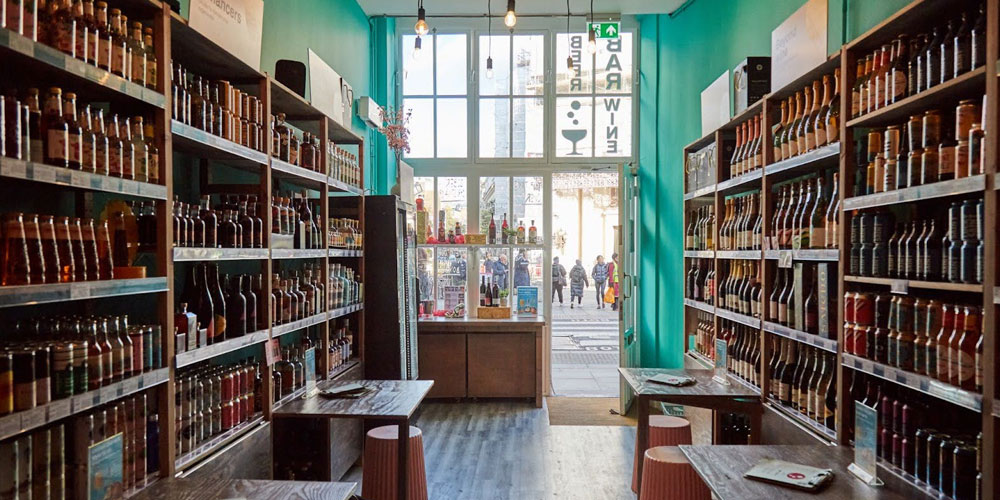
A Certified B Corporation backed by “tech-for-good” investor Bethnal Green Ventures, Club Soda has created books, courses, a podcast, events, and even an alcohol-free retail tasting room and shop in London.
Working toward alcohol-free is a game of substitution, Willoughby says. “The easiest way for you to drink less is to substitute alcohol free for alcohol, similar to a diet—change the chocolate bar for something low-calorie.”
Replacing a cupcake with a banana in your own diet may be easier than asking distributors to replace a pallet of Big Beer Lite with a new craft NA beer. The industry will have to decide how to play nice together and what balance of alcohol vs. NA makes sense on retailer shelves.
“The prize in all of this is persuading venues that are alcohol-led to have a better range of alcohol-free,” Willoughby says. Club Soda isn’t advocating for strictly alcohol-free spaces; rather, it’s pushing for a better selection of alcohol-free options in regular drinking establishments.
Thankfully, NA enthusiasts don’t have to search too far for a quality option. Even the Great Amerian Beer Festival, the United States’ biggest beer festival, has many NA options available, and renowned drinks publication VinePair annually features the best non-alcohol beer to guide imbibing yearlong.
“Not everything’s about the strength of the drink in your glass; it’s about the quality,” Willoughby says. As consumers start to see more than one NA option on restaurant menus and begin to have choices, “that’s when you really change the narrative of normalizing having a nonalcoholic drink.”
Emma Schmitz is a writer in Truckee, Calif. A homebrewer, BJCP Recognized Judge, and Certified Cicerone®, Emma loves to share her passion for beer with others through classes and events. See what she’s up to on Instagram: @wildbeerwriter.
CraftBeer.com is fully dedicated to small and independent U.S. breweries. We are published by the Brewers Association, the not-for-profit trade group dedicated to promoting and protecting America’s small and independent craft brewers. Stories and opinions shared on CraftBeer.com do not imply endorsement by or positions taken by the Brewers Association or its members.

